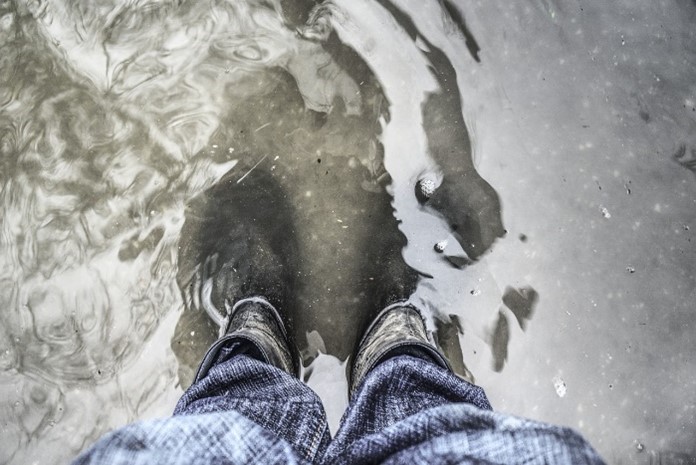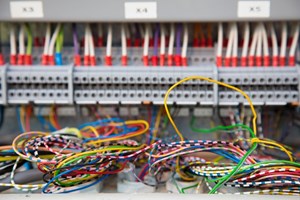Protect your greenhouse from water damage
Practical tips to reduce the risk

Stormy weather and heavy rainfall are happening more often, sometimes producing more water than your drainage systems can handle. This can lead to water damage in your greenhouse. How can you reduce the risk and ensure your greenhouse stays protected?
When gutters or drainage systems overflow, water finds other ways to enter your greenhouse. It might flow through steel gutters due to lack of capacity, leak from aluminum gutters, or enter through broken glass panes. Water can also seep in from the ground if ditches, canals, or watercourses are overwhelmed. Besides direct damage to your crops, cold water can cause plant diseases. Building or renovating? Get professional advice If you're planning to build or upgrade your greenhouse, it’s important to think about water management. Here are some solutions to consider: • Increase drainage capacity: The standard greenhouse drainage handles 35 mm of rainfall per hour. Our experts recommend increasing this to 50 mm per hour for better protection. • Install foundation membranes: A water-resistant membrane under and around your foundation prevents excess water from entering. Adding a "mole barrier" beneath the foundation not only keeps pests out but also blocks water seepage. This membrane should go 60 cm deep. • Upgrade existing gutters: If you have steel gutters, consider adding extra drainage points to improve capacity. This is also possible for older greenhouses. • Map elevation differences: Water flows to the lowest point, so use elevation maps and flood models to identify and address potential risks. Tailored solutions are often the best. Our specialists can provide expert advice—reach out to your broker for guidance. Simple maintenance to reduce risks Regular inspections and maintenance can make a big difference: • Clean gutters annually: Remove leaves and debris from gutters and drainage boxes. If there are trees nearby, clean them more often. Check for missing or damaged seals. • Inspect the greenhouse roof: Look for broken or missing glass panes, especially in greenhouses with aluminum gutters, as they are more prone to leaks. Replace or repair panes promptly. • Check the foundation: After heavy rain, inspect the ground for gaps caused by pests or settling. Fill gaps with soil and make sure the ground slopes away from the greenhouse. • Protect goods: Don’t store valuable items directly under gutters. In garden centers, place goods on pallets or shelves to avoid water damage. Extra tips to prevent water problems • Protect electrical systems: Install covers over electrical panels to prevent leaks from entering through cable inlets. Simple plastic or wooden covers can stop water from causing malfunctions. • Inspect drainage after rainstorms: Check that all pipes and fittings are secure, from the greenhouse drainage system to the basin. Fix any loose connections immediately. • Add drainage between greenhouses: If water collects between greenhouses, install drains to remove it quickly. If water damage occurs 1. Stop recirculating water immediately. This helps prevent the spread of bacteria, viruses, or spores. Only restart after consulting a Hagelunie expert. 2. Call Hagelunie at +31 71 568 99 55. Even if the damage seems minor, contact us to discuss the best next steps. 3. Take immediate action to limit damage: o Pump out excess water. o Raise plant stems off the ground; use mats on pipes if necessary. o Apply root-strengthening treatments and fungicides. o Adjust the greenhouse climate: ventilate more and raise temperatures to dry plants quickly. This prevents diseases like Botrytis, Phytophthora, and downy mildew. o Test water levels and adjust irrigation. Check EC and pH levels, as they may vary after flooding. By staying proactive and seeking expert advice, you can protect your greenhouse and crops from water damage. 


